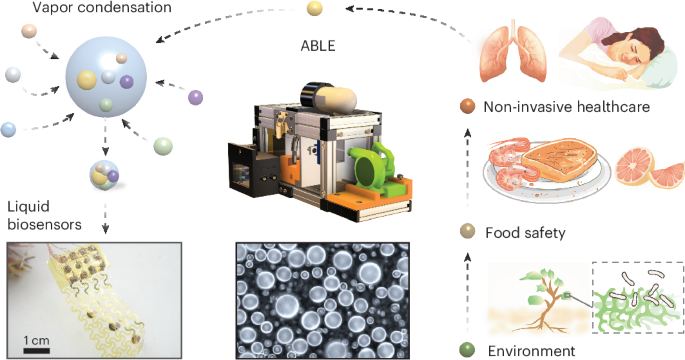2025-05-23 シカゴ大学
 CT scan of the front of a skate showing the hard, tooth-like denticles on its skin (shown in orange). Image courtesy of Yara Haridy
CT scan of the front of a skate showing the hard, tooth-like denticles on its skin (shown in orange). Image courtesy of Yara Haridy
<関連情報>
- https://news.uchicago.edu/story/sensitive-teeth-blame-these-ancient-fish
- https://www.nature.com/articles/s41586-025-08944-w
脊椎動物の歯の起源と感覚外骨格の進化 The origin of vertebrate teeth and evolution of sensory exoskeletons
Yara Haridy,Sam C. P. Norris,Matteo Fabbri,Karma Nanglu,Neelima Sharma,James F. Miller,Mark Rivers,Patrick La Riviere,Phillip Vargas,Javier Ortega-Hernández & Neil H. Shubin
Nature Published:21 May 2025
DOI:https://doi.org/10.1038/s41586-025-08944-w
Abstract
The earliest record of tooth antecedents and the tissue dentine1,2, an early-vertebrate novelty, has been controversially represented by fragmentary Cambrian fossils identified as Anatolepis heintzi3,4,5. Anatolepis exoskeletons have the characteristic tubules of dentine that prompted their interpretation as the first precursors of teeth3, known as odontodes. Debates over whether Anatolepis is a legitimate vertebrate6,7,8 have arisen because of limitations in imaging and the lack of comparative exoskeletal tissues. Here, to resolve this controversy and understand the origin of dental tissues, we synchrotron-scanned diverse extinct and extant vertebrate and invertebrate exoskeletons. We find that the tubules of Anatolepis have been misidentified as dentine tubules and instead represent aglaspidid arthropod sensory sensilla structures9,10. Synchrotron scanning reveals that deep ultrastructural similarities between odontodes and sensory structures also extend to definitive vertebrate tissues. External odontodes of the Ordovician vertebrate Eriptychius11,12,13 feature large dentine tubules1 that are morphologically convergent with invertebrate sensilla. Immunofluorescence analysis shows that the external odontodes of extant chondrichthyans and teleosts retain extensive innervation suggestive of a sensory function akin to teeth14,15,16. These patterns of convergence and innervation reveal that dentine evolved as a sensory tissue in the exoskeleton of early vertebrates, a function retained in modern vertebrate teeth16. Middle-Ordovician fossils now represent the oldest known evidence for vertebrate dental tissues.


